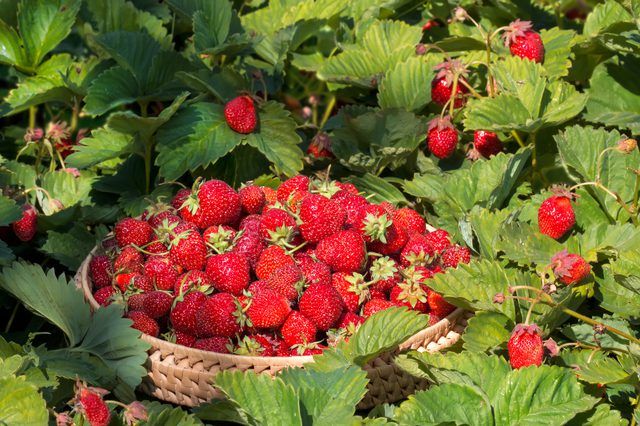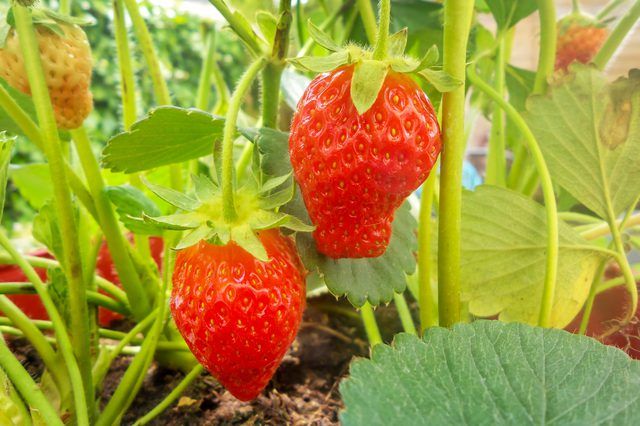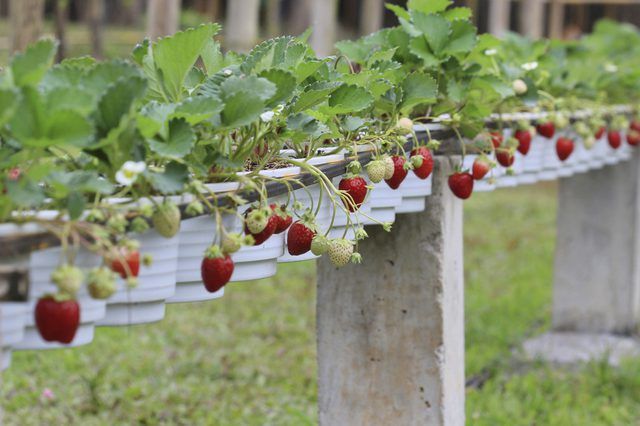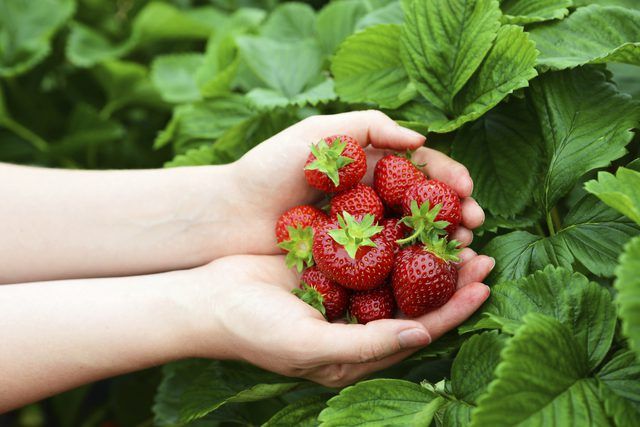Bulbs
Flower Basics
Flower Beds & Specialty Gardens
Flower Garden
Garden Furniture
Garden Gnomes
Garden Seeds
Garden Sheds
Garden Statues
Garden Tools & Supplies
Gardening Basics
Green & Organic
Groundcovers & Vines
Growing Annuals
Growing Basil
Growing Beans
Growing Berries
Growing Blueberries
Growing Cactus
Growing Corn
Growing Cotton
Growing Edibles
Growing Flowers
Growing Garlic
Growing Grapes
Growing Grass
Growing Herbs
Growing Jasmine
Growing Mint
Growing Mushrooms
Orchids
Growing Peanuts
Growing Perennials
Growing Plants
Growing Rosemary
Growing Roses
Growing Strawberries
Growing Sunflowers
Growing Thyme
Growing Tomatoes
Growing Tulips
Growing Vegetables
Herb Basics
Herb Garden
Indoor Growing
Landscaping Basics
Landscaping Patios
Landscaping Plants
Landscaping Shrubs
Landscaping Trees
Landscaping Walks & Pathways
Lawn Basics
Lawn Maintenance
Lawn Mowers
Lawn Ornaments
Lawn Planting
Lawn Tools
Outdoor Growing
Overall Landscape Planning
Pests, Weeds & Problems
Plant Basics
Rock Garden
Rose Garden
Shrubs
Soil
Specialty Gardens
Trees
Vegetable Garden
Yard Maintenance
Different Types of Strawberries
When you have a yen for homegrown strawberries, check out the different varieties to find the perfect match for your green thumb.
There's a strawberry (Fragaria spp) for nearly every season and a would-be berry grower can choose from among three main types to suit garden conditions and growing zones. Strawberries are sensitive to degrees of warmth and light, so it's a good idea to try a few varieties to see which plants work best in your garden. Every type of strawberry needs eight hours of full sun daily to blossom, fruit and ripen.

Juicy June-Bearing Berries
The variety most commonly planted by home growers is also the one most intensively developed by commercial growers for large berries, high yield, sweet flavor and other desirable characteristics. June-bearing berries bloom and fruit once, for a few weeks in June, and produce large berries. They are planted in most areas in the spring, once the ground thaws in about March or April, so they have time to root well and acclimate before summer heat. The first year, remove the flowers of June-bearing plants so they develop widespread runners and robust roots, ensuring that second-year and subsequent harvests are abundant. A June-bearing cultivar 'Jewel' (Fragaria x ananassa) adapts easily to U.S. Department of Agriculture plant hardiness zones 4 through 8 and bears very large, sweet berries.

Multi-Harvest Everbearing Berries
Everbearing berries produce fruit two or three times over the growing season -- once in spring and again in late summer or early fall, with a possible midsummer harvest. The plants are sensitive to the number of daylight hours in late spring and late summer, when they bear fruit. Everbearing varieties send out few runners, so you can cultivate them in tight areas like half-barrels and garden containers. Plant everbearing strawberries once you can work the ground, and pinch the first flowers in the initial planting year. This encourages better yields for the remainder of the growing season. Everbearing cultivar 'Ogallala' (Fragaria x ananassa) is a drought-tolerant hardy plant, producing abundant sweet berries that freeze well. It grows vigorously in USDA zones 3 through 9.

Day-Neutral Season-Long Strawberries
A quest to develop a strong performer that produces berries all season resulted in day-neutral strawberry cultivars. Day-neutral means the plants aren't affected by the length of daylight, although they tend to fruit more abundantly in cooler weather and less in the hottest days of summer. When planted in the spring -- in late March or April -- flowers appear in about 30 days and should be pinched off until the end of June the first year to ensure an abundant harvest for the rest of the season. The fruit is small to medium, unlike the larger June-bearing and some everbearing types. But the plants will flower and set berries in temperatures between 35 and 85 degrees Fahrenheit, and will still bear berries in October during mild autumns. A day-neutral cultivar 'Tribute' (Fragaria x ananassa) produces flavorful, abundant crops in spring, summer and fall in USDA zones 4 through 8.
